Table of Contents
Introduction
At this point, everyone who reads this site should already be familiar with Tin HiFi and their P1, a micro-planar driver IEM that was rather unique in its time given that most other planar IEMs were bulky, open-backed monstrosities (Audeze iSines, Monoprice M300 etc.). It received lukewarm-to-decent critical response, though I personally wasn’t too big a fan of it considering its lacklustre technicalities.
Now the P1’s update is here: the P2. Tin HiFi’s newest flagship that weighs in at a (relatively) massive price of $370. That’s more than double of the P1, which since had its pricing tempered by the release of the $110 T4.
A brief recap of my impressions on the P1; I was not too impressed. Granted, it was a well-tuned planar (by far the best tuned IEM planar at the time, and even today excluding the P2), but had a lot of issues with regards to blunted transients and soft notes killing the details in the music. In my opinion the P1 is a niche IEM despite its apparent popularity, it isn’t quite the “safe pick” for most accounts, especially when you consider the killer 10kHz+ spike that would kill most younger ears with sibilance.
The P2 enters the market burdened with many expectations. Lets see how Tin HiFi fares with their most expensive IEM yet.
Product page: https://www.linsoul.com/products/tinhifi-p2
MSRP: $370
Driver configuration: Planar
This P2 was kindly provided by Linsoul.
Signature & Tonality
Not sure how to read graphs? Click here
The signature of the P2 can be described as a “warm U-shape”, though depending on your hearing loss it can simply be “warm”.
The overall tonality of the P2 is good; while the bass is elevated and punchy it still remains relatively separated from mids, and the midrange is free from errant peaks and dips that marr instrumental timbre. If this was it, the P2 would be pretty high tier.
Unfortunately the biggest dealbreaker for the P2 would be the ghost-pepper-tier spiciness that is its treble response; where normal tuning conventions state that treble past 10kHz should be (mildly) rolling off, the P2 instead boosts these air frequencies into the high heavens, resulting in a tizzy and sometimes-but-not-always sibilant experience that doesn’t do well for longer listening sessions. It’s not quite the constant harshness nor the forwardness that typical “bright cans” would exhibit, but rather tracks are peppered with seemingly random instances of painful spikes and esses.
P2 in comparison with P1
Comparison courtesy of the Graph Comparison Tool
In direct comparison to the P1 you can see that the P2 still has a bit of the P1’s DNA in it, in particular the last-octave treble spike. Though in this case the P1 sounds a lot more subdued and easy on the ears than the P2, at least just in terms of treble response. The P2 is warmer and bassier overall, not necessarily better but at least does not roll-off as hard as the P1.
Tone grade: B-
For more information on the grading system, click here
Technicalities
The P2 is an improvement over the P1, I’ll give it that, but that’s not saying much considering that the P1 was an extremely blunted sounding IEM that betrayed its planar heritage.
The P2 is… alright, though nothing to write home about. Average imaging, acceptable resolution… it’s not the poofy, soft mess that the P1 was, but that’s not to say that its notes were razor-sharp because it still had a bit of bluntedness going on. As such, it kind of exists in the limbo of “it’s alright, not great, not good, not bad”, not quite being able to distinguish itself as a particularly technical IEM in the grand scheme of things.
Technical grade: B-
For more information on the grading system, click here
Valuation
Now the Tin HiFi P1 debuted at a price of $170, which put it firmly as Tin HiFi’s flagship at the time. In my opinion the P1 was in dangerous waters at any price point over $100, so I didn’t think it was a very competitive IEM even within the sub-$100 market.
The P2 is an improvement over the P1 certainly, but also comes with a significant jump in price: almost a 120% increase, which puts it in the sub-$400 market. Which is an honest shame because the P2 does have a lot of fighting power at the P1’s original price point, but doesn’t really stand a chance where it currently is.
But what are the IEMs it competes with price-wise, you ask? Well some leaders in the price bracket are:
- Fearless S6 series
- Etymotic ER4 series
- Sony XBA-N3
- Massdrop Plus
- Tanchjim Oxygen
- Drop + JVC FDX1
- Moondrop Blessing 2
Just to name a few. The sub-$400 bracket, while not as populated as the sub-$200 bracket that Tin HiFi usually operates in, is still filled with a lot of high-tier IEMs that (IMO) best the P2 in virtually every dimension. So while I’d love to see Tin HiFi succeed in new ventures, it’s also fair to say that they’ve probably flew too close to the sun on this one.
Value Rating: N/A
For more information on the grading system, click here
Conclusion
With some added heft in its low end and improved resolution, the P2 is a good upgrade over the P1 in the absence of pricing.
However, some severe upper-treble issues and an MSRP closing in on $400 are the nails in the coffin for the P2. While the P2 may be better than the P1 in many respects, it ultimately stumbles where the comparison matters the most: against the rest of the market.
Grade: B-
Awarded grades are in reference to the Ranking List.
Support me on Patreon to get access to tentative ranks, the exclusive “Clubhouse” Discord server and/or access to the Premium Graph Comparison Tool! My usual thanks to all my current supporters and shoutouts to my big money boys:
“McMadface”
“Galactus”
Will
Man Ho
Denis
Alexander

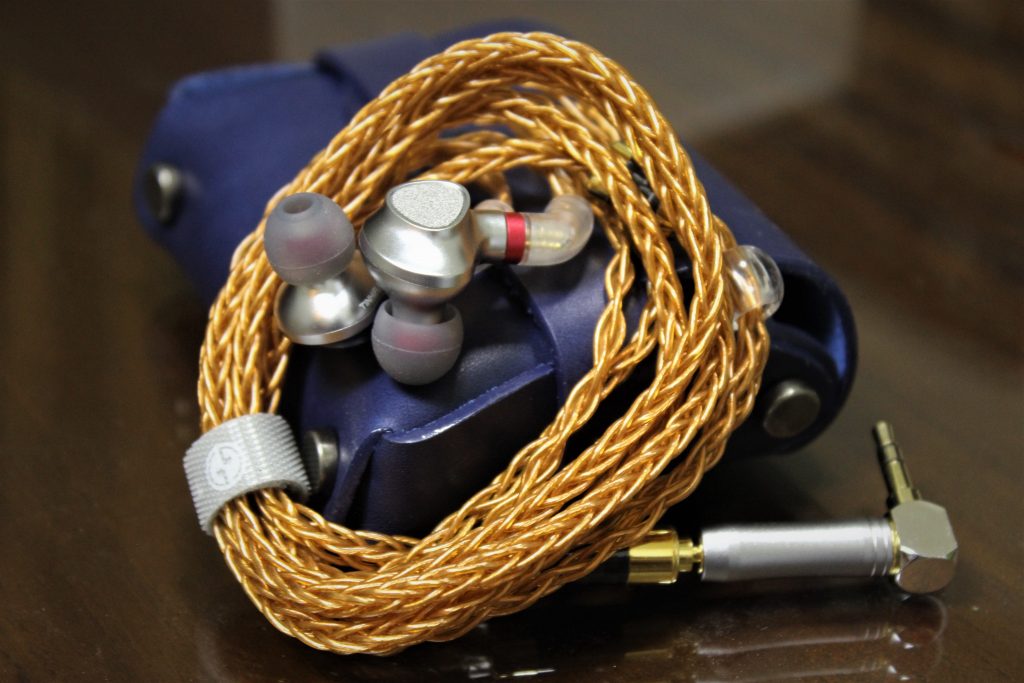
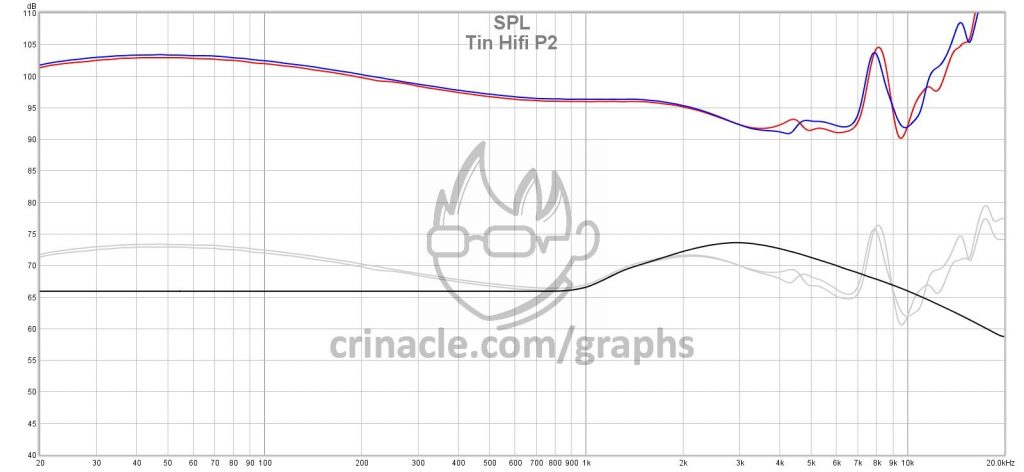

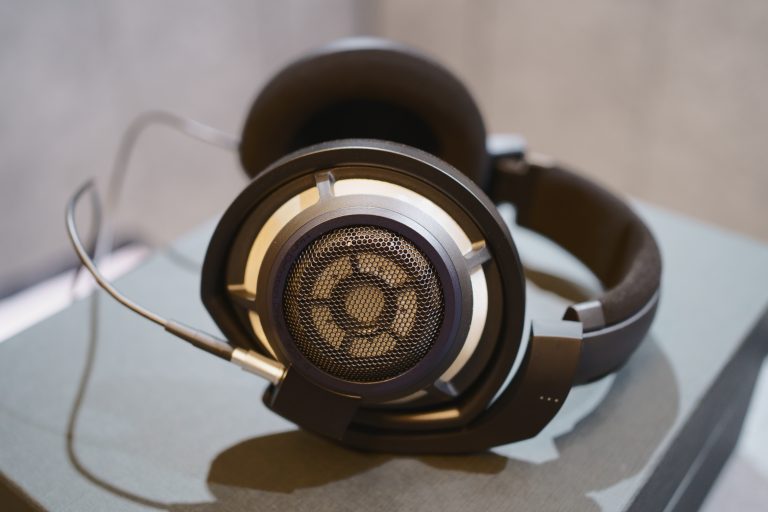
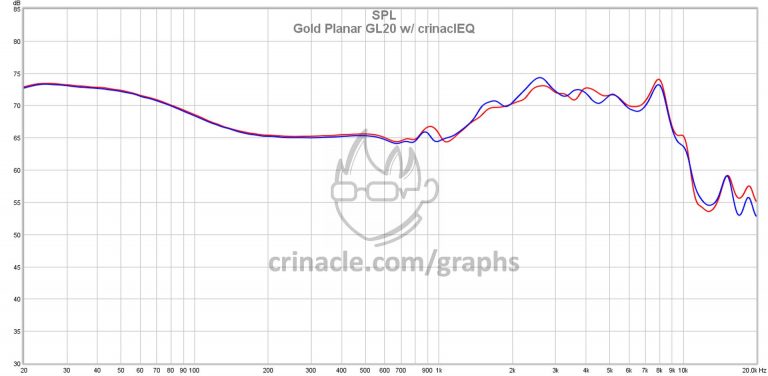
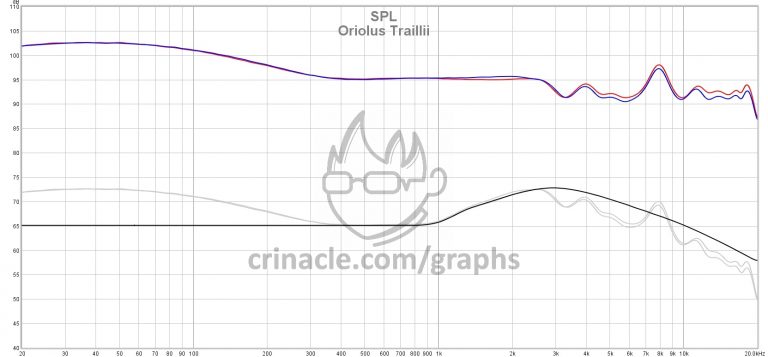

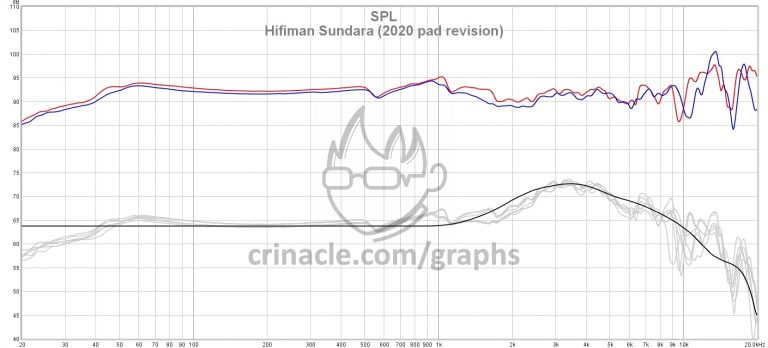
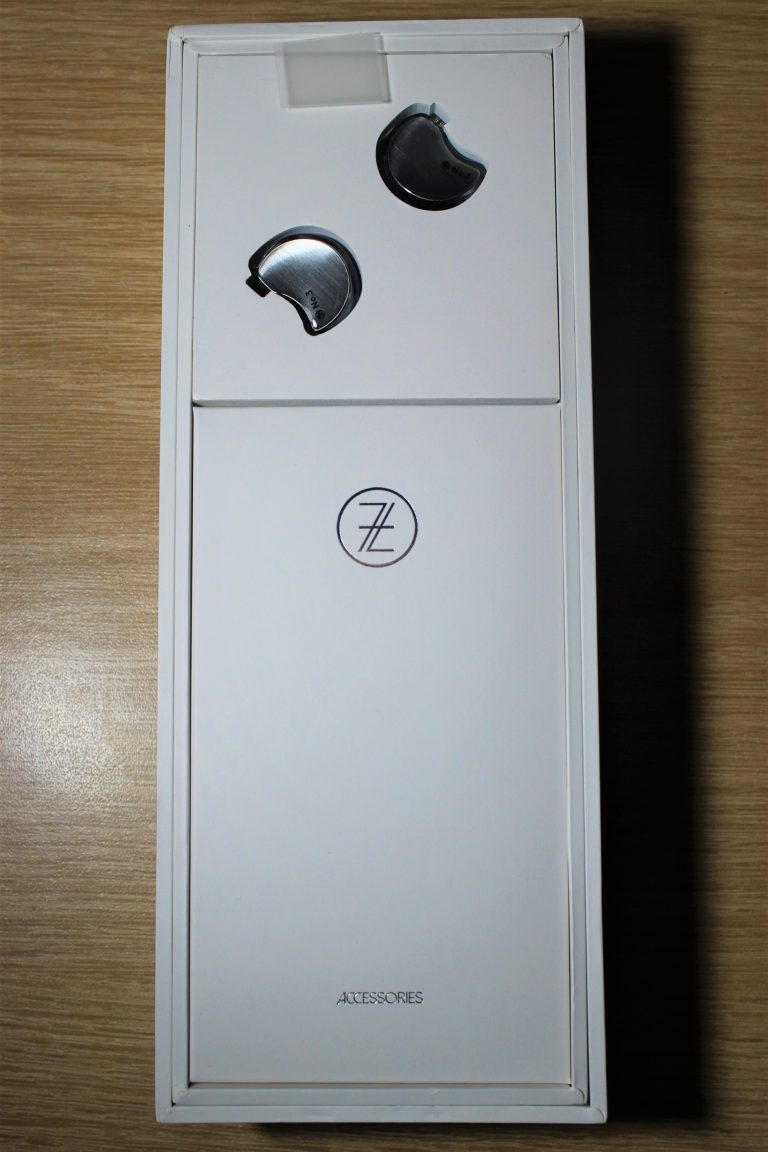

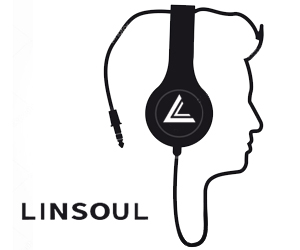
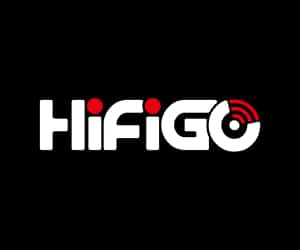
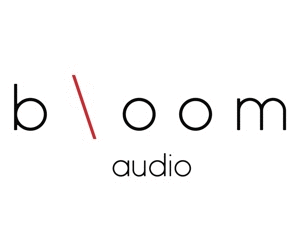
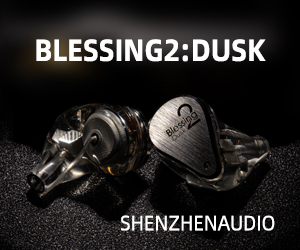
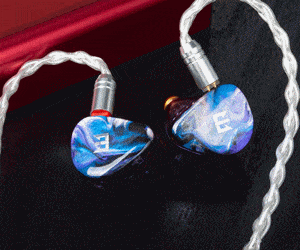

7 thoughts on “Tin HiFi P2 Review: Too Far”
Seems like a great candidate for EQ to blunt those higher treble ranges.
I’d call purchasing a headphone/IEM for the explicit purpose of EQing it an act of lunacy. If you’re going to spend $370, spend it on something that sounds good as-is.
I have this IEM and can confirm that EQ really changes the character. Higher frequencies are easily tamed and the overall sound keeps an excellent coherence all over the spectrum.
They sound much more organic than most IEMs almosr like headphones.
I know about highs on p1 and it’s quite dangerous when using 50W amp, as it swallow a lot of power, with the right track it’s enjoyable and with next it becomes pikachu and sting your ear. I thought it was electricity but who knows…
Tin got too greedy this time. Shame
So in my country, this thing end up costing almost double the price. But I noticed for much more less I could get one of the pair from all the competition mentioned above.
I loved the T4 so much I have two of them, but this time it’s a hard sell Tin HiFi, hard sell.
Can u sugest other iem which is better than tin hifi p2